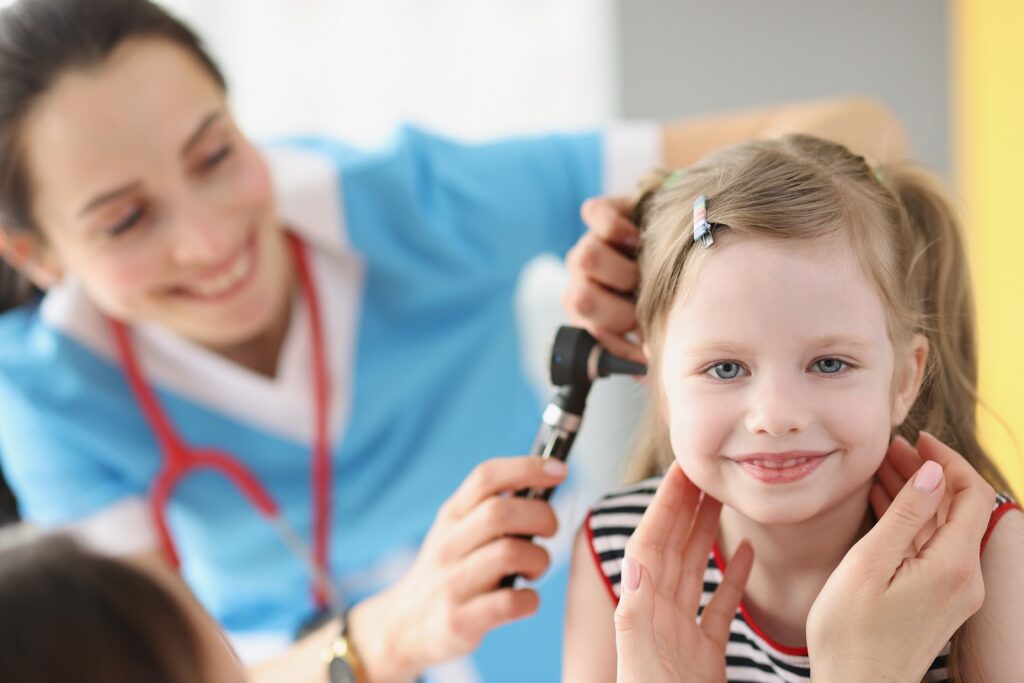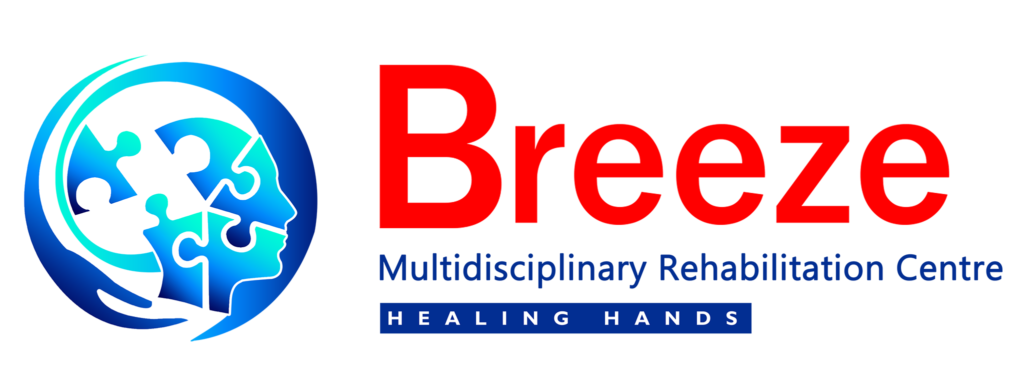
Hearing Impairment in Children
Hearing impairment in children can occur when any part of the ear or auditory system is not functioning properly. The auditory system includes the outer ear, middle ear, inner ear, and the neural pathways that transmit sound signals to the brain. Disruption at any point in this system can affect a child’s ability to detect, recognize, and process sounds.
Clinical Classification of Hearing Loss
1. Conductive Hearing Loss:
Conductive hearing loss occurs when sound is not efficiently conducted through the outer ear canal to the eardrum and the tiny bones (ossicles) of the middle ear. Common causes include fluid in the middle ear (otitis media), earwax blockage, or malformations.
Clinical Note: This type of hearing loss is often temporary and can typically be treated through medical or surgical intervention.
2. Sensorineural Hearing Loss:
This type of hearing loss is due to damage to the inner ear (cochlea) or the auditory nerve. It is usually permanent and may be caused by genetic factors, birth complications, exposure to loud noise, or certain infections.
Clinical Note: Sensorineural loss often requires long-term management, including hearing aids or cochlear implants.
3. Mixed Hearing Loss:
Mixed hearing loss involves a combination of conductive and sensorineural components. This means there is damage in both the outer/middle ear and the inner ear or auditory nerve.
Clinical Note: Management may involve a combination of medical, surgical, and audiological interventions.
4. Auditory Neuropathy Spectrum Disorder (ANSD):
In ANSD, sound enters the ear normally, but there is a disruption in how the sound signals are transmitted to the brain. This is due to dysfunction in the inner hair cells of the cochlea, the auditory nerve, or the connections between them.
Clinical Note: Children with ANSD may have normal hearing thresholds but significant difficulty understanding speech, especially in noisy environments.
Impact on Speech and Language Development:
Hearing plays a crucial role in the development of speech and language, especially during the early years of life. When hearing is impaired, the child may experience:
- Delayed speech and language milestones
- Poor articulation or unclear speech
- Limited vocabulary development
- Difficulty understanding and processing spoken language
- Social and academic challenges
Early identification and intervention are critical. Children diagnosed with hearing impairment should be referred promptly for audiological evaluation, speech-language therapy, and appropriate rehabilitative support.

